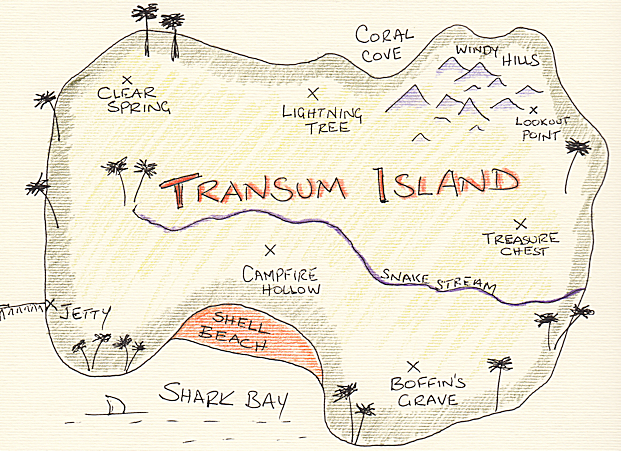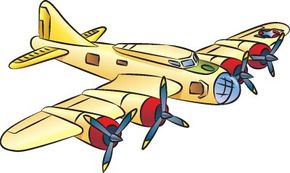Scale map symbol draw symbols stencils library vector conceptdraw
Table of Contents
Table of Contents
If you’re an outdoors enthusiast, you know that maps are an essential tool for a successful trek. However, it can be frustrating to get lost or end up going in the wrong direction because of inaccuracies in map measurement. This is where drawing a scale on a map becomes crucial – it helps ensure you don’t get lost on your journey.
One of the biggest challenges of drawing a scale on a map is knowing what kind of map to use. Depending on the information you need, you may need to use different kinds of scales. Additionally, figuring out how to translate that information accurately onto paper can be challenging. But don’t fret; in a few easy steps, you can learn how to draw a scale on a map perfectly.
The first step to drawing a scale on a map is to determine the scale ratio. The scale ratio on your map will tell you the relationship between distance on the map and distance in real life.
To do this, find the map’s legend, which should be found in the bottom right or left corner of the map. There, you’ll find a scale bar showing the ratio of the map. For example, a scale of 1:10,000 means that one unit on the map represents 10,000 units in real life. So, if one inch on the map represents 10,000 inches, it would mean that one inch on the map equals about 0.16 miles.
My Personal Experience Drawing a Scale on a Map
When I started hiking, I often found myself getting lost or misjudging the distance I needed to travel. Drawing a scale on my map helped me avoid these issues and improve my navigational skills.
To draw a scale on a map accurately, I create an enlarged version of the map on graph paper. Then, I use a ruler and straight edge to map out a line for one mile, using the scale on the original map as a reference. From there, I divide that line into equal increments of a specified distance, like 100 feet, and label each one. Finally, I trace over each mark, transferring the scale to my original map.
Tips for Drawing a Scale on a Map
When drawing a scale on a map, make sure to use a ruler or straight edge to keep your lines straight and precise. Additionally, using graph paper can help you achieve a more accurate scale drawing. Remember, the accuracy of your map and the scale depends heavily on the measurements you take. So, take your time to ensure all measurements are correct.
The Importance of Accurately Drawing a Scale on a Map
Accurately drawing a scale on a map ensures that you can measure distances properly, and ultimately avoid getting lost. It can also help ensure that you plan your journey efficiently, and budget your time accordingly. Taking the time to draw a scale on a map can mean the difference between making it to your destination safely, or getting lost along the way.
The Different Types of Scales Used for Maps
There are several different types of scales used for maps, including ratio scales, verbal scales, and graphic scales. Ratio scales, like the 1:10,000 example earlier, show the relationship between real-life distance and distance on the map in a numerical ratio. Verbal scales use words to describe the relationship between distance on the map and real-life distance. Lastly, graphic scales are a visual representation of the distance on the map, often shown as a straight-line segment marked off in units corresponding to distance.
Become a Pro at Drawing Scales on Maps
The best way to become a pro at drawing scales on maps is to practice. Make sure you understand the different kinds of scales and how to accurately translate measurements from the map to your scale drawing. Drawing a scale on a map can help you have a safer and more efficient trip.
Question and Answer
Q: Can I use a different scale than what’s shown in the map’s legend?
A: While it’s best to use the scale ratio that’s provided, you can use a different scale if needed. However, you’ll need to ensure that any conversions are accurate to prevent getting lost. Q: Do I need any special tools to draw a scale on a map?
A: The most important tool for drawing a scale on a map is a straight edge or ruler. Graph paper can also be helpful for creating an accurate scale drawing. Q: How do I convert distance on the map to real-life distance?
A: To convert distance on the map to real-life distance, multiply the distance on the map by the ratio scale. For example, if the map’s scale is 1:10,000, multiply the distance on the map by 10,000 to get the distance in real life. Q: Can I draw a scale on any type of map?
A: You can draw a scale on any kind of map, as long as it has a ratio scale, verbal scale, or graphic scale that shows the relationship between real-life distance and distance on the map. Conclusion of how to draw a scale on a map
Drawing a scale on a map can be intimidating, but with a little practice, it can become second nature. The key is to understand the different types of scales, use a ruler or straight edge, and make sure all measurements are accurate. And remember, accurately drawing a scale on a map can save you from getting lost and improve your overall journey.
Gallery
3 Ways To Draw A Map - WikiHow

Photo Credit by: bing.com /
Scale Drawings
Photo Credit by: bing.com / map island scale drawing drawings transum answers decimal kilometers give exercise place getdrawings room4 software
Lessons On The Lake - Handout: Cartographic Information

Photo Credit by: bing.com / map scale graphic maps distance scales bar miles types verbal method reading understanding elements lessons kilometers canada easy ground between
Map Symbols - Vector Stencils Library
Photo Credit by: bing.com / scale map symbol draw symbols stencils library vector conceptdraw
How To Read A Topographic Map

Photo Credit by: bing.com / topographic interval contours







